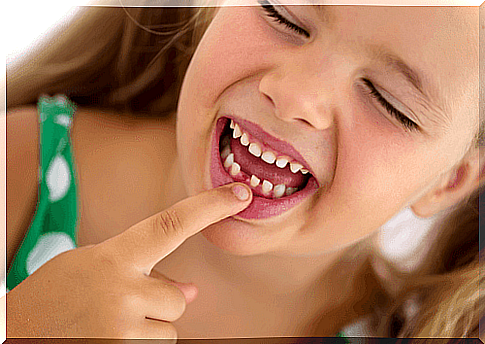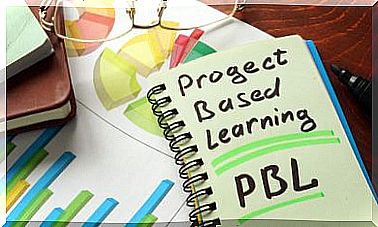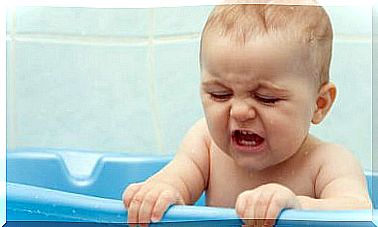Teething In Babies: What To Do To Relieve Pain?
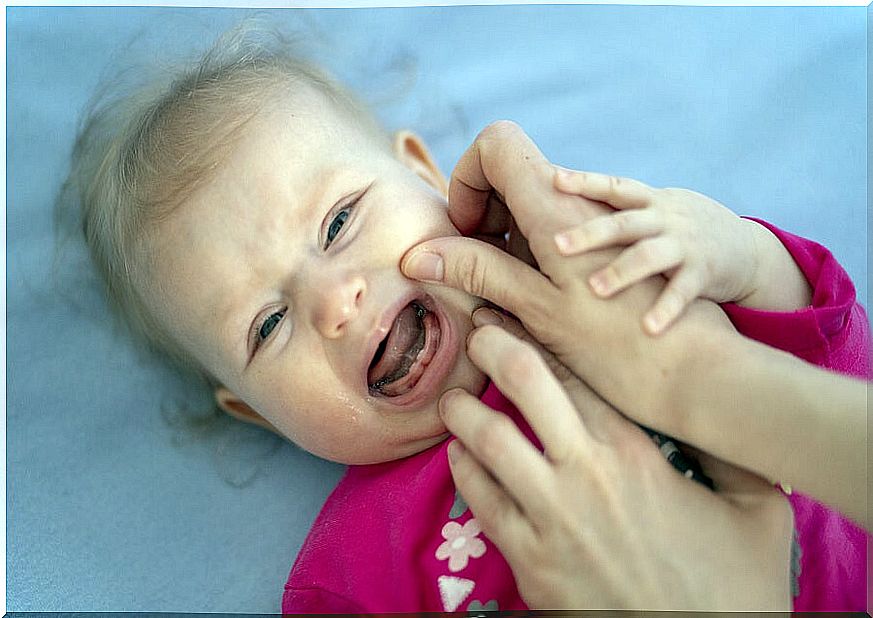
It is inevitable that the teething process in babies is uncomfortable. However, you can reduce the inconvenience with a few tricks. It must be remembered that, in general, the discomfort is derived from the inflammation of the gum, with which, most of the tricks are aimed at alleviating this specific area.
The process in which teeth erupt is called ‘teething’. Generally, it occurs between the eighth and twelfth month of life, although it can occur before or after that period. This is when it is said that the baby’s smile begins to “turn white.”
Symptoms of teething discomfort in babies
The pressure of the tooth on the gum produces a feeling of discomfort that is sometimes difficult to cope with. It often happens that babies touch their gums with their tongues when they begin to show their first teeth ; they perceive inflammation and pain. For this reason, they often put things in their mouths to try to get relief.
Another sign of teething in babies is the typical ‘drooling’. This happens because the constant movement of the tongue in contact with the inflamed area causes more saliva to be secreted. In turn, saliva begins to leak because children have not yet incorporated the reflex to swallow at a regular rate.
The baby is likely to cry and wake up more often at night during teething. It happens because the gum pain adopts the heart rate; At night and lying down, the throbbing pain tends to intensify.
On the other hand, it should be remembered that pain can precede the appearance of the first teeth by up to three weeks . Sometimes the inflammation from the tooth eruption causes some fever lines in babies.
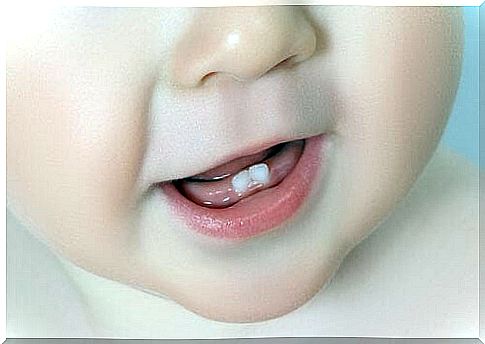
Secondary Teething Discomfort in Babies
In addition to the pain caused by inflammation, there may be side effects that need to be addressed. The first is that the constant saliva on the chin causes that, in a few seconds, the baby ends up soaked.
To solve this type of problem, nothing better than the typical bib and rinse the chin area to avoid redness. However, it is very likely that other solutions will be needed when the saliva drops too much.
Second, the baby may have irritated body area in contact with the diaper. This happens because the first teething changes the pH of the saliva; As a consequence of this, there is a change in the pH of the urine itself. So that the skin in contact with the urine is not irritated, it is best to change the diaper every time it gets wet.
How to calm the pain
In addition to the doses of paracetamol and ibuprofen that pediatricians recommend, there are some home tricks as ancient as pain itself. These are the best known:
- Gentle massages: as babies do not have developed motor skills, they will not be able to massage themselves. If the gum is very inflamed, it is better not to touch it. If not, the area can be gently pressed or simply rubbed carefully with the coolest finger possible.
- Milk ice cream : whether it is breast milk or not, the important thing is that you will like it enough to drink without effort. The cold is the first thing that is applied in this type of inflammation. Ice creams can be made in ice buckets or in specific molds.
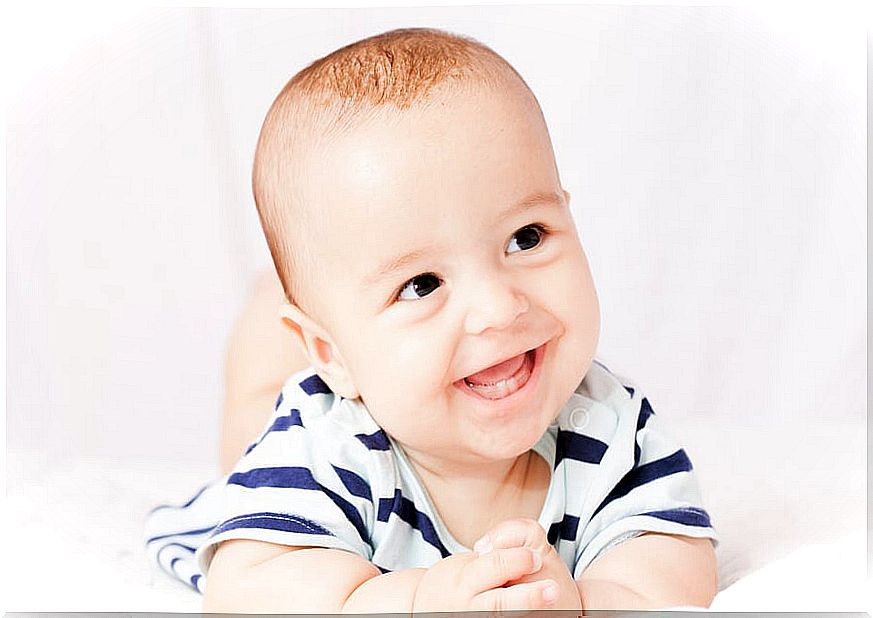
- Teethers: there are novel necklaces for mothers or fathers with teethers included. The specific ones for teething in babies are those that have water and are put in the refrigerator. In addition, there are special gels for sale in pharmacies that also provide relief to children.
- Frozen Wet Wipes – This is a good option for babies who find commercial teethers too harsh or uncomfortable. The rags are easy to hold, although a part should be dry so that your hands do not get cold.
Final thoughts
Teething in babies appears symmetrically between the upper and lower gums. It begins before six months and ends at two years, with the second molars.
Although pain and discomfort are normal during this stage, always be on the lookout for other symptoms. Fever higher than 38 ° C must be controlled by specialists, as well as any behavior of the baby that the parents interpret as unusual.
